Which Wallpaper Should I Use?
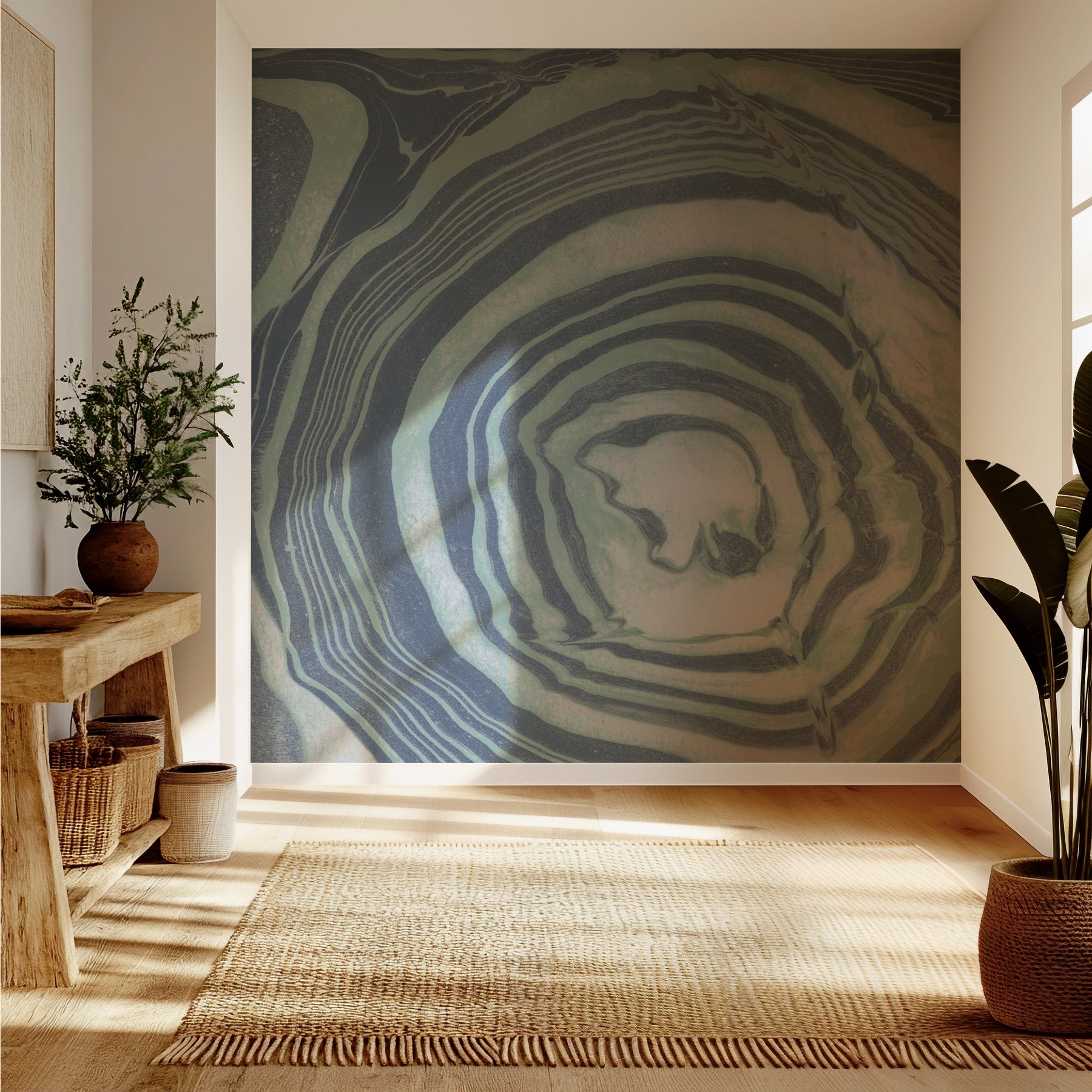
Wallpaper has been a staple of interior decorating for centuries. It originated over 2,000 years ago in the Chinese Qin Dynasty, when it was hand-painted on rice paper. It’s come a long way since then. Today, wallpaper comes in an almost infinite array of designs, textures, and finishes. From easy-to-apply peel and stick, to natural and faux grasscloth, to construction-grade type II, there are designs and materials to suit any purpose.
So which type of wallpaper should you choose for your interiors? The answer depends on your personal style, practical needs, and decorating goals. In this guide, we’re introducing you to the most popular types of wallpaper so you can choose the perfect design and material for your space.
Why Choose Wallpaper Over Paint?
There are many advantages to opting for wallpaper rather than paint, including:
-
Design variability: From delicate florals to bold geometrics and even faux brick, wood, and stone, wallpaper offers a wide range of patterns that paint can’t replicate.
-
Texture and dimension: Woven textures and metallic sheens add depth and dimension to your wall coverings.
-
Durability and longevity: High-quality wallpaper (especially contract type II) can last 15-20 years with proper care, while paint usually needs touch ups or replacement over time.
-
Ease of maintenance: Faux grasscloth and vinyl wallpapers are easy to clean and maintain, making them ideal for kitchens, bathrooms, and kids’ rooms.
-
Wall coverage: Unlike standard paint, patterned wallpaper can camouflage cracks, uneven textures, and other wall imperfections.
-
Visual impact: Bold prints, colorful patterns, and wall murals can stand alone as design features, turning a wall into a focal point without the need for extra art or décor.
-
Convenience of application: Modern peel and stick wallpaper can be applied without the mess or hassle of priming, applying multiple coats, and cleaning up.
Premium Paper
What Is It?
Premium paper is a traditional wallpaper variety that’s made using high-quality materials designed for longevity and luxury. Premium paper can feature a wide range of textures and designs. It’s typically applied with a dedicated wallpaper paste, which allows it to adhere to the wall surface.
Pros
Some key benefits of premium paper include:
- Luxurious finishes
- Expansive design options
- Can last for years with proper upkeep
- Eco-friendly and breathable
Cons
There are some downsides to choosing premium paper over other varieties:
- May be prone to moisture damage
- Requires paste rather than a self-adhesive backing
Best Uses
Premium paper is ideal if you want that classic high-end feel. Living rooms, bedrooms, formal dining rooms, and entryways are spaces where premium paper can make a real impact.
Peel and Stick
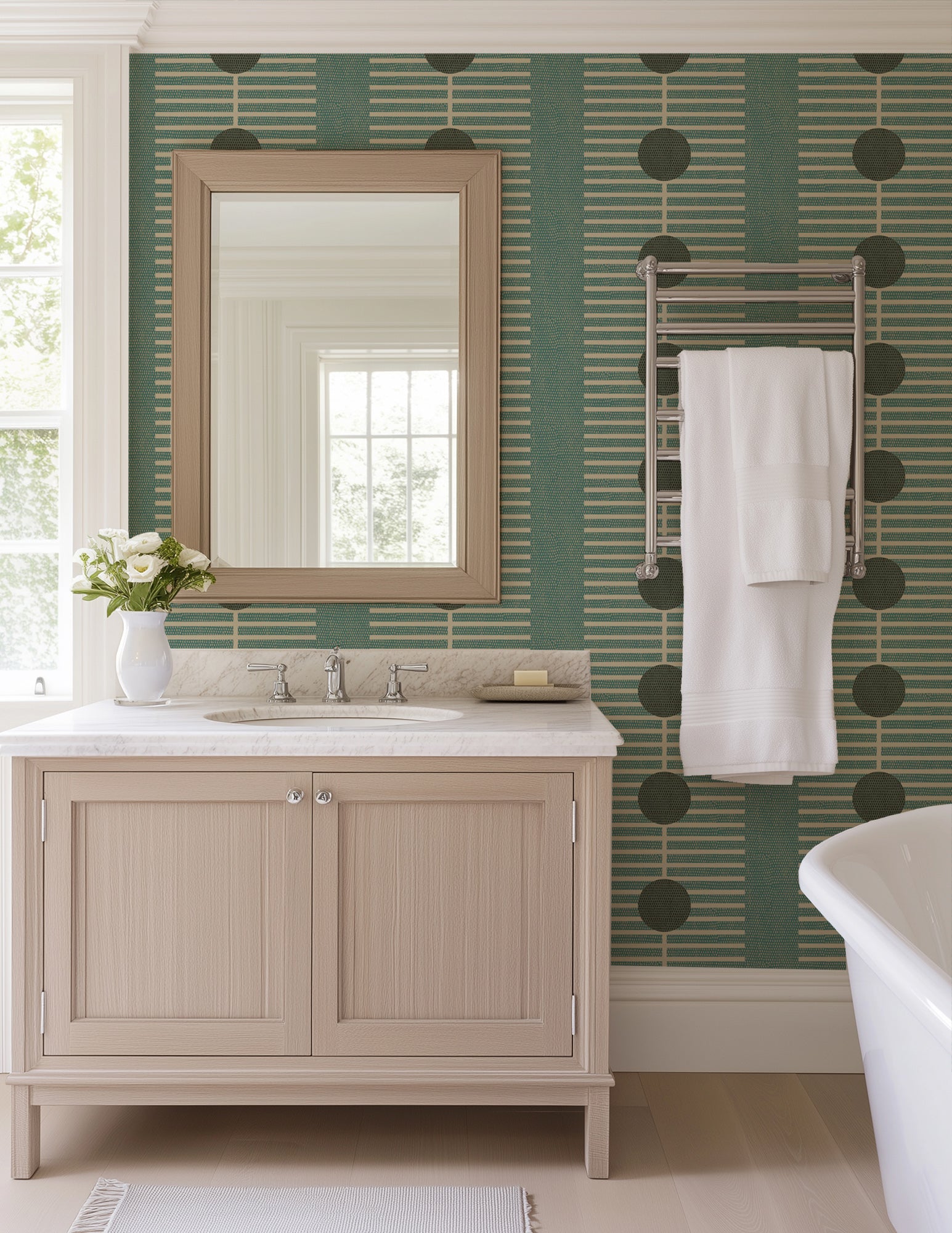
What Is It?
Peel and stick wallpaper is a DIY dream. What sets it apart from other types is that it’s self-adhesive. It has the design on one side and a sticky built-in adhesive on the other side—there’s no need for a separate glue or paste. Simply peel off the protective backing, and carefully secure your design to the wall for an instant transformation.
Like premium paper, it can also feature a wide variety of styles and textures to suit your personal style.
Pros
Here are a few of the main pros of peel and stick wallpaper:
- Easy installation process
- Renter-friendly
- Versatile
- May be repositionable
- Cons
Here are some potential downsides of peel and stick:
- May bubble or peel if applied incorrectly
- Not as forgiving on textured walls
Best Uses
Peel and stick wallpaper is perfect for DIY enthusiasts due to the simple application process and variety of design options. Because it doesn’t require messy pastes, it’s also less likely to leave residue behind when removed, making it a safe choice for rented apartments and dorm rooms.
Contract Type II
What Is It?
Contract Type II is a construction-grade wallpaper that’s made with durability and longevity in mind. It’s typically used in commercial buildings such as offices, retail stores, and hotels.
Pros
Advantages of Type II wallpaper include:
- Extremely durable and resistant to wear and tear
- Easy to care for (can use soap and water without damage)
- Meets safety and regulatory standards
- Lasts longer than other options
- Mitchell Black offers PVC-Free Type II wallpaper
Cons
Here are some potential drawbacks to Type II wallpaper:
-
May require professional installation
Best Uses
Construction-grade Type II wallpaper is best suited to commercial spaces. Its highly durable nature is designed to withstand heavy traffic and humid areas, so it’s a great choice if you own a business that’s open to the public.
Natural Grasscloth
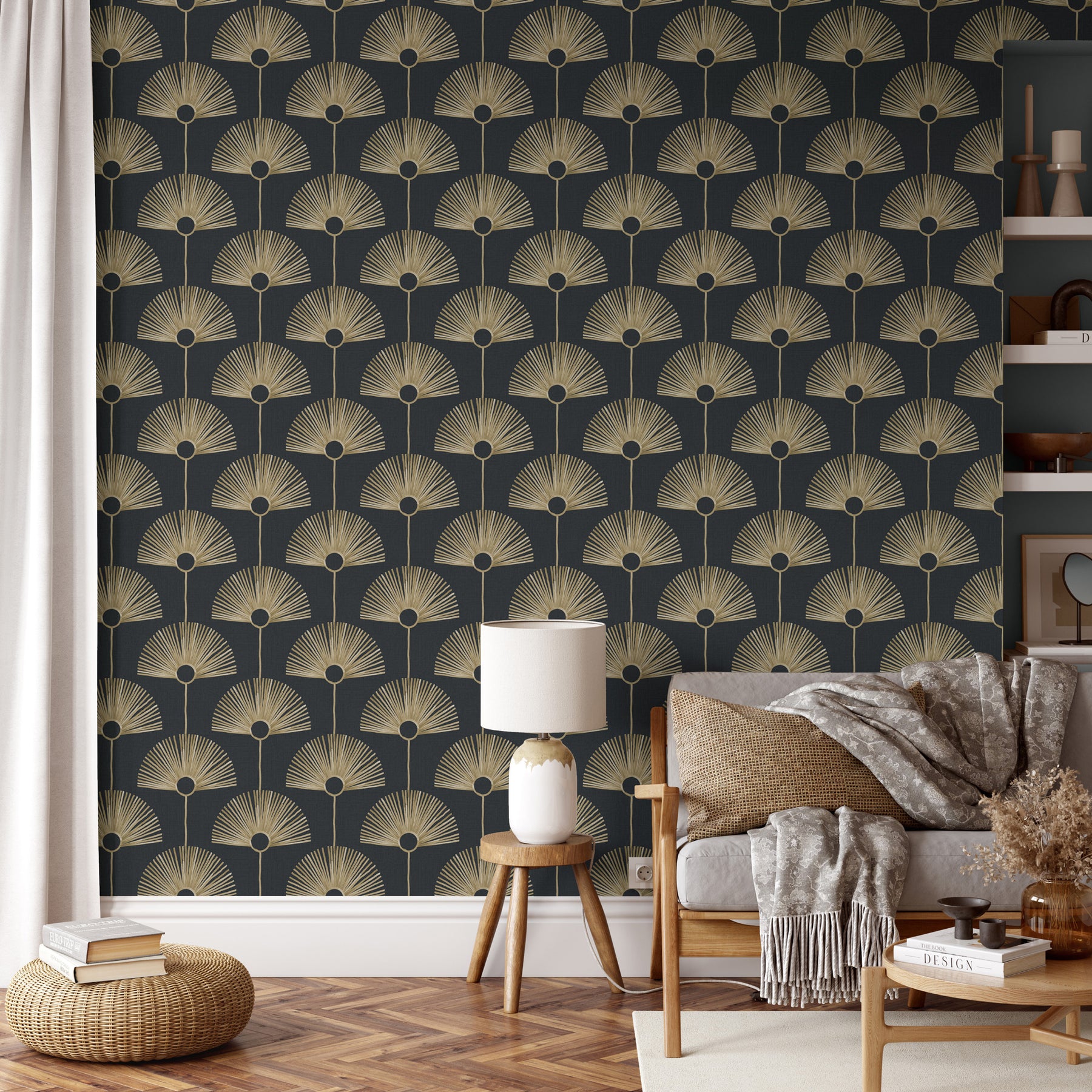
What Is It?
Grasscloth wallpaper is a richly textured wall covering. It’s made using natural fibers like hemp, bamboo, jute, and seagrass. Each roll of grasscloth wallpaper is handwoven, which gives it a unique character.
Pros
Benefits of choosing a grasscloth wallpaper include:
- Made with renewable materials
- Gives a cozy feel
- Adds dimension and character
- Offers natural sound control
Cons
There are some possible downsides to using grasscloth for your spaces, such as:
- Not as resistant to water or UV
- May have noticeable seams due to variations in texture
Best Uses
Grasscloth can be an excellent choice for a variety of interior spaces and styles. However, it should not be used in bathrooms or other high-humidity spaces. Because it adds a cozy and timeless feel, it’s perfect for offices, bedrooms, and living rooms when you want to add extra depth and dimension.
Faux Grasscloth
What Is It?
Faux grasscloth is a synthetic version of natural grasscloth. Faux varieties mimic the texture of the real thing, but are printed using non-woven fibers rather than natural threads.
Pros
Here are some pros associated with faux grasscloth wallpaper:
- More durable than natural grasscloth (resistant to water and UV radiation)
- Easy to install due to consistent texture
- More affordable than real grasscloth
- Cons
Here are some potential cons to consider:
-
May lack the depth of natural fibers
Best Uses
Faux grasscloth is ideal if you’re looking to achieve the appearance of traditional grasscloth at a more affordable price. It’s also perfect for achieving the same cozy effect in humid rooms like kitchens and bathrooms without risking water damage or pattern distortion.
Wall Murals
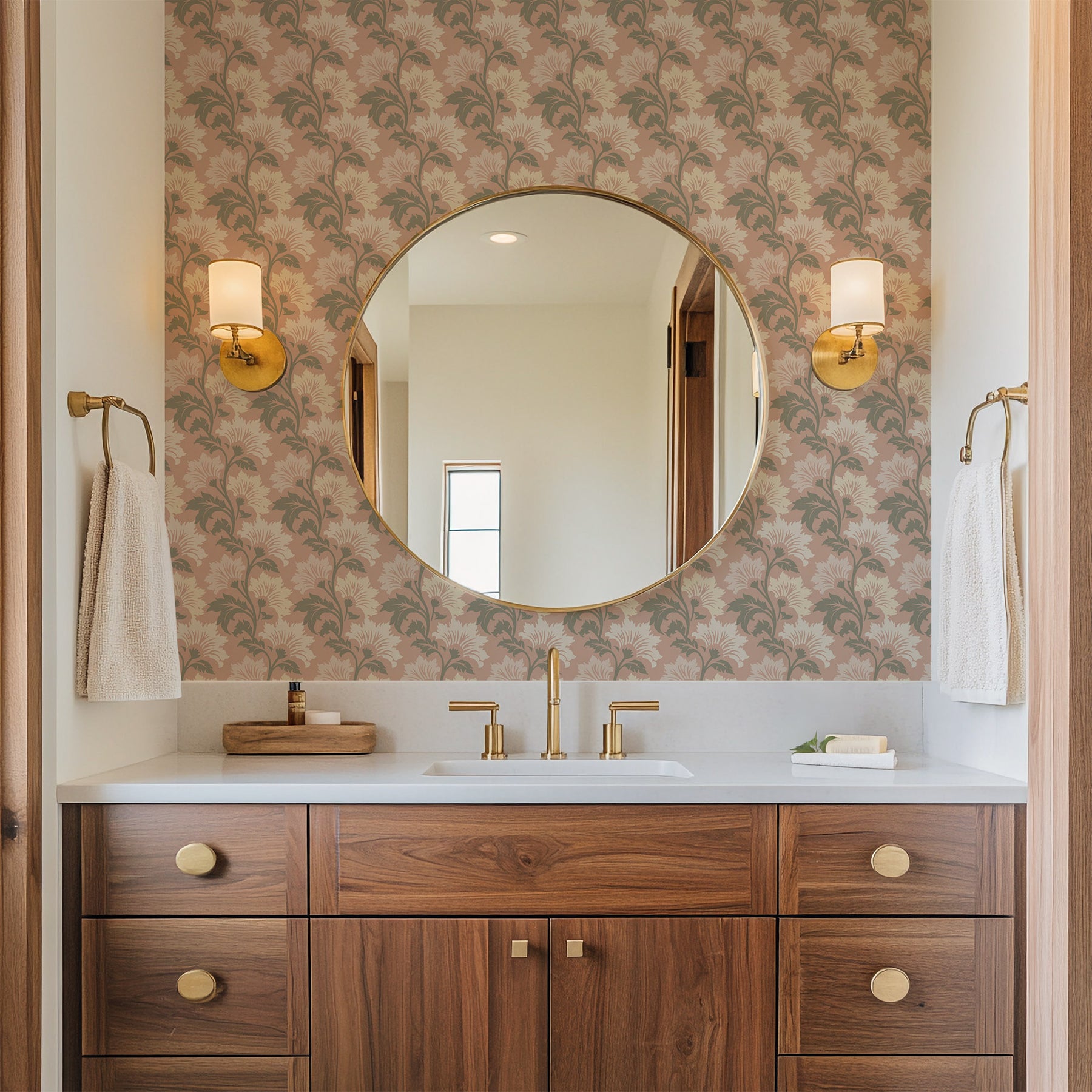
What Is It?
Most varieties of wallpaper feature repeating patterns, but wall murals are large-scale designs that cover an entire wall with a single image. From sweeping landscapes and cityscapes, to abstract art pieces, to bold and colorful botanical prints, wall mural wallpaper allows you to transform your room into a piece of art.
Pros
- Instantly transforms a space and makes an impact
- Customizable sizing
- Usually available in multiple formats (paper, vinyl, or peel and stick)
- Incredible design variety
Cons
- Requires precise measurement and careful planning
- Can feel overwhelming in small spaces
Best Uses
Wall murals are ideal for creative spaces. Try using a wall mural for a feature wall behind a bed, on a fireplace wall, or in an entryway. They’re also great for themed kids’ rooms, home offices, or art studios. Just make sure you measure correctly before ordering your mural, and choose a design that’s scaled appropriately for the size of your space.
Final Thoughts
Each type of wallpaper offers its own unique advantages and uses. When choosing a wallpaper for your next remodeling project, consider your personal style, the purpose of the room, and your practical needs.
Want more information on which type is right for you? Connect with a design expert through our concierge service. We’ll help you determine the materials that work best for your space and discuss your design preferences.


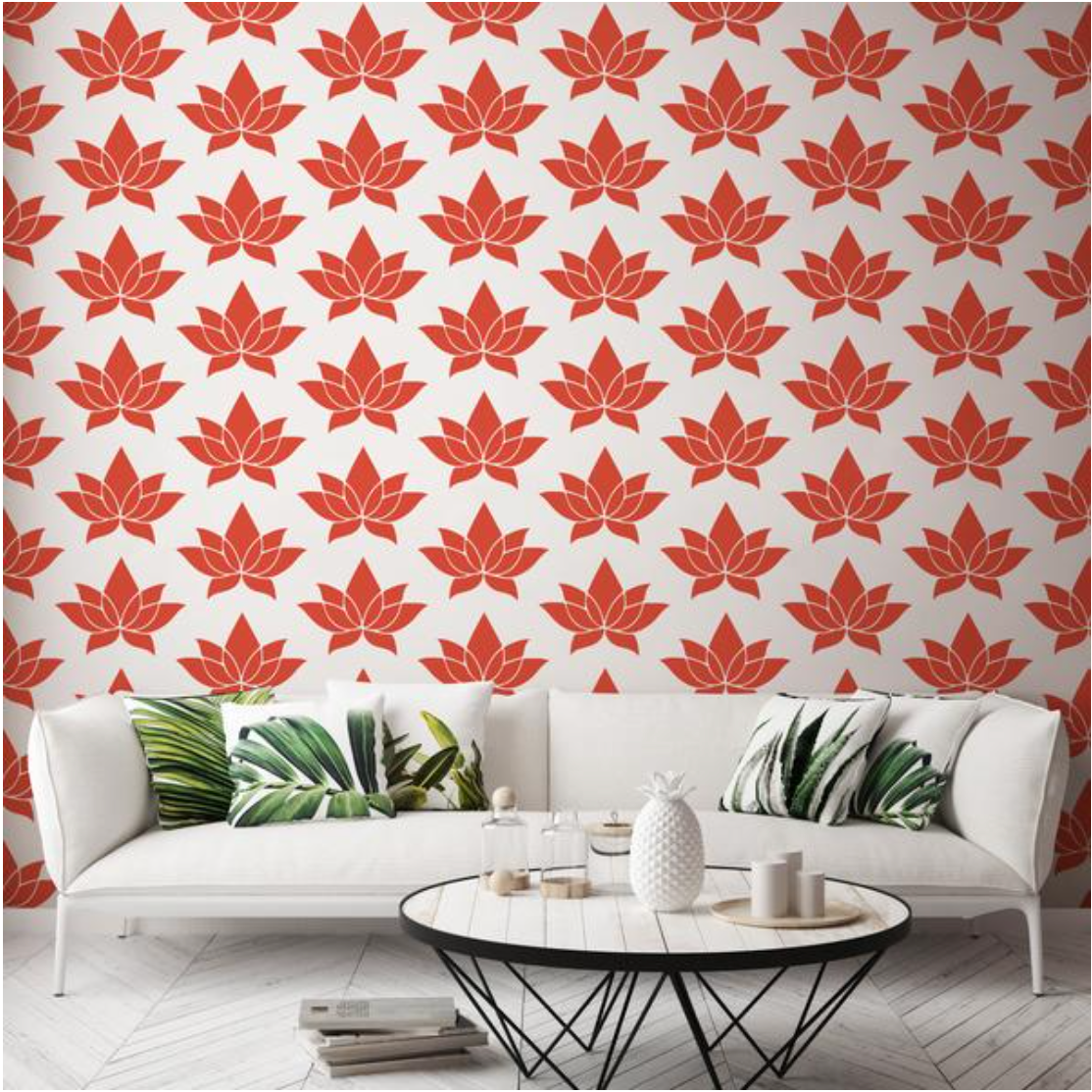
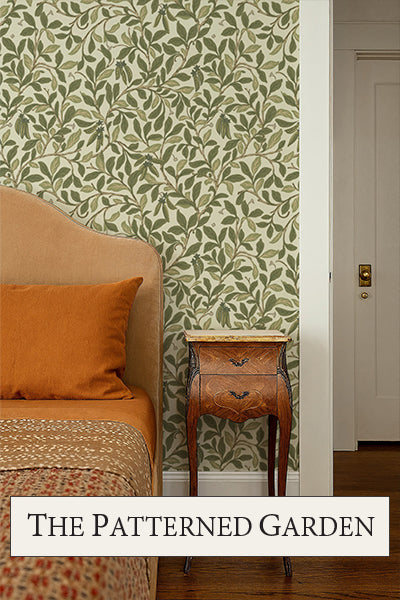
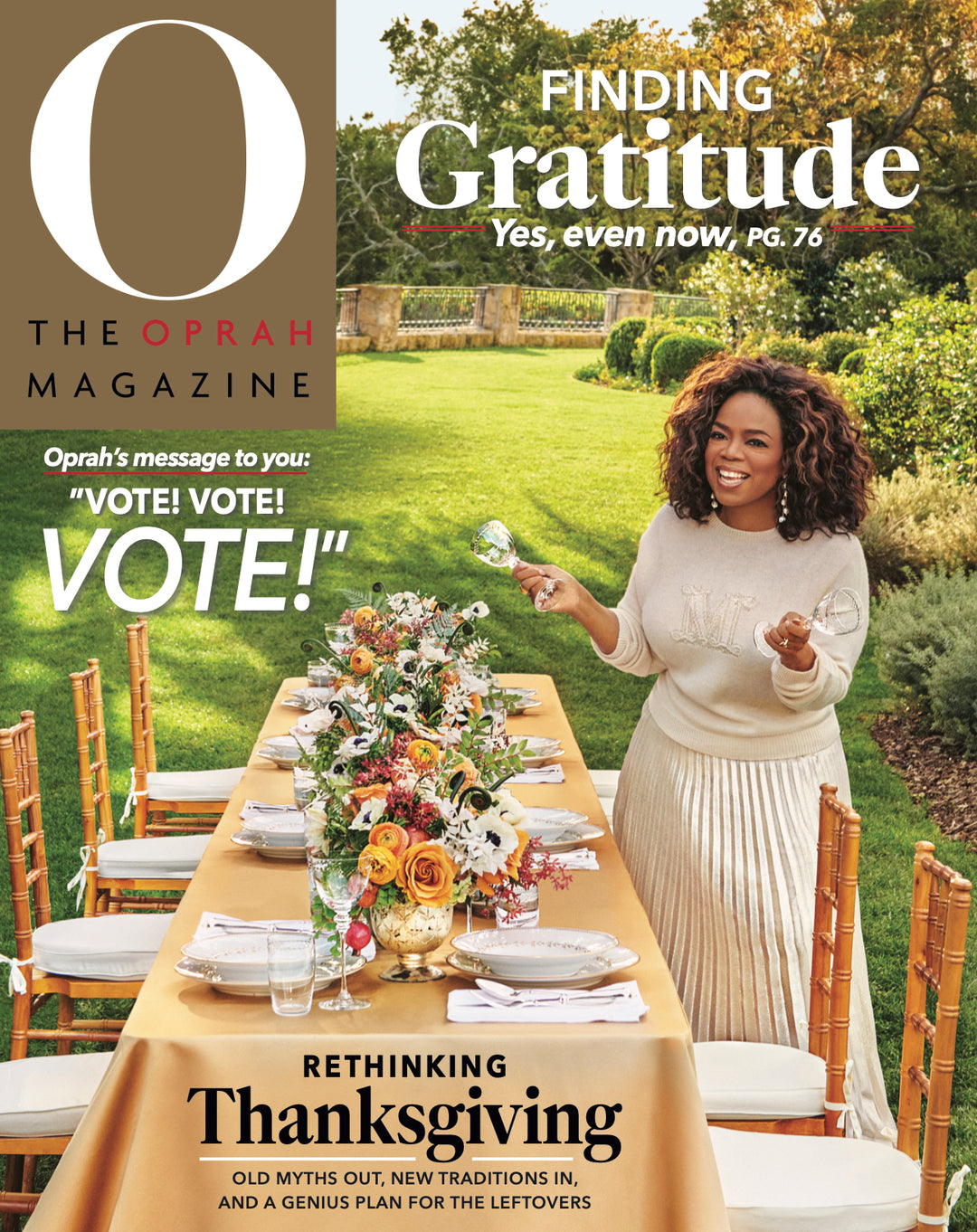
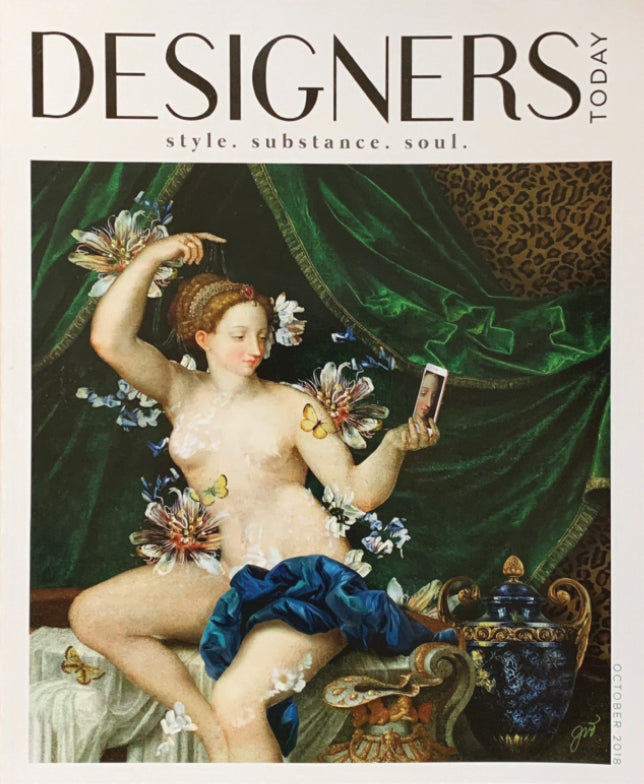
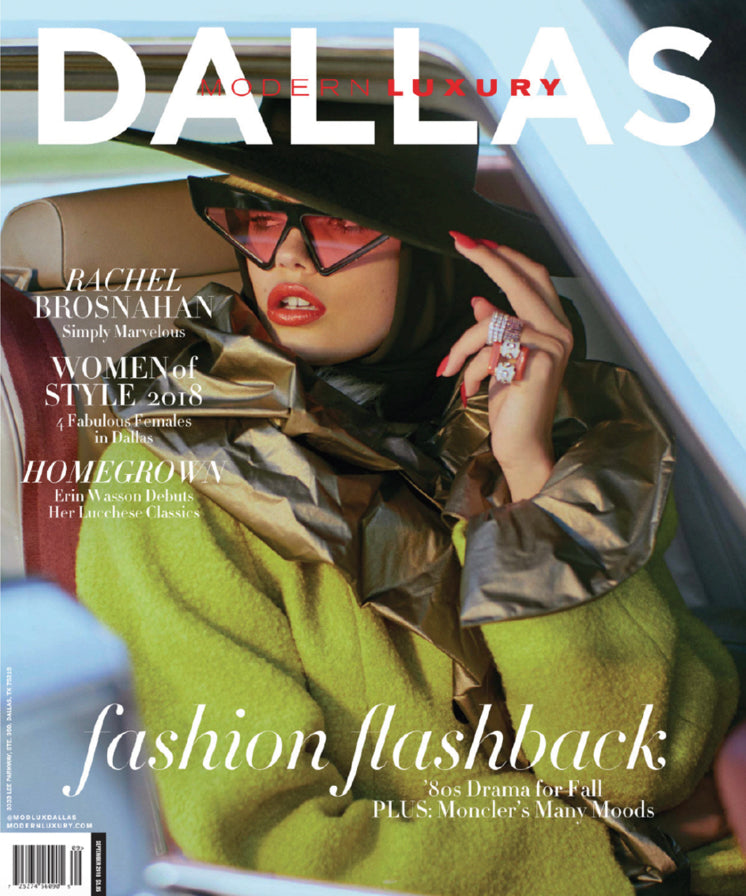
Leave a comment